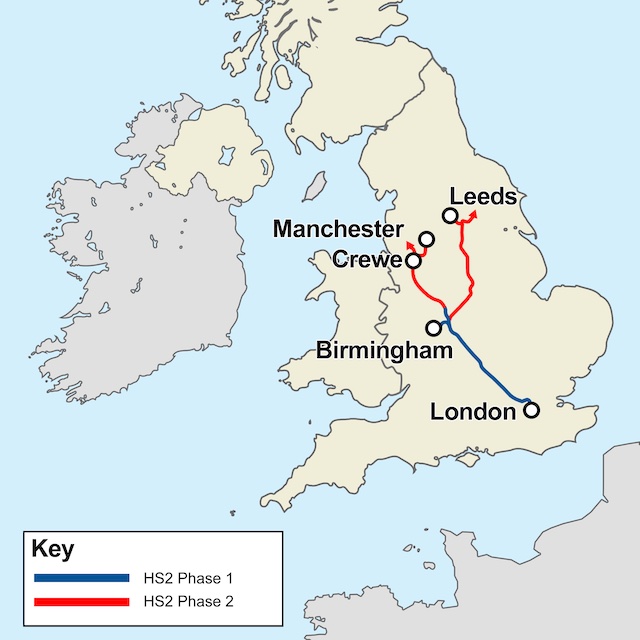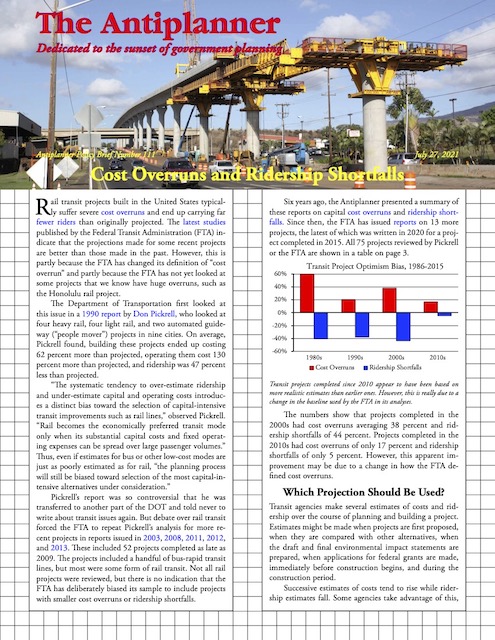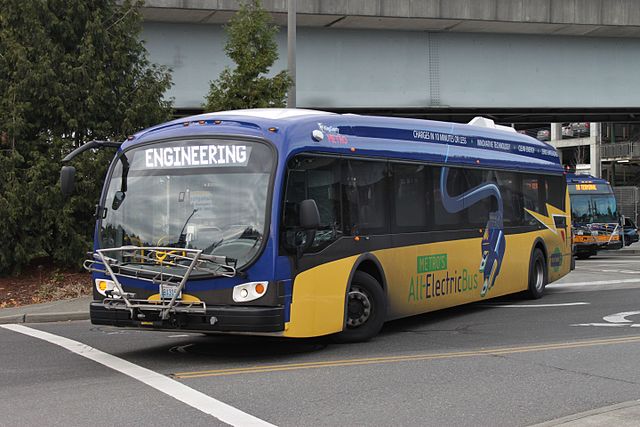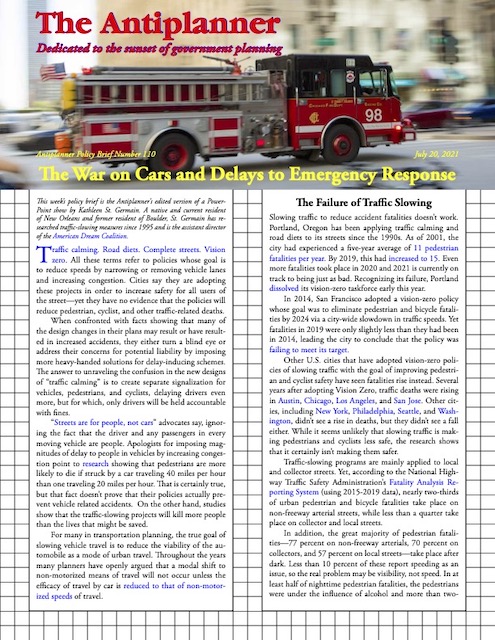The transit industry is terrible at accurately predicting future costs and ridership. It is terrible at cost-effectively moving people. But it is very good at one thing: spin.
When the pandemic dropped ridership by more than 80 percent, did the industry say, “I guess we aren’t needed right now; you can cut our subsidies”? No! It said, “We are carrying essential workers to their jobs, therefore you must increase our subsidies.”
Now that ridership is slowly recovering, is the industry saying, “we are now carrying only 42 percent of pre-pandemic levels, so you can cut our subsidies”? No! Instead it is saying, “Ridership of some agencies has increased by as much as 80 percent, so you must increase our subsidies!” Continue reading












